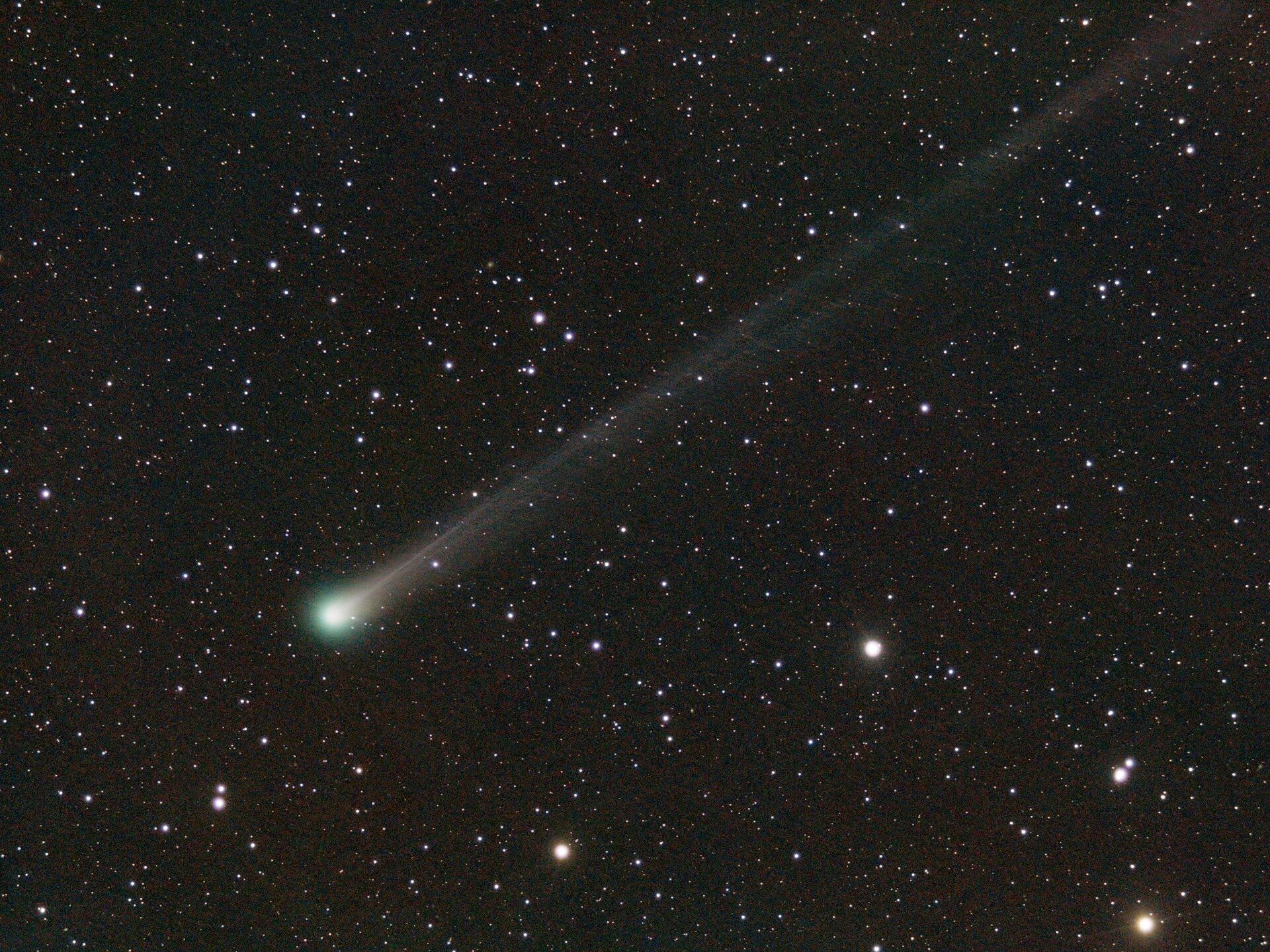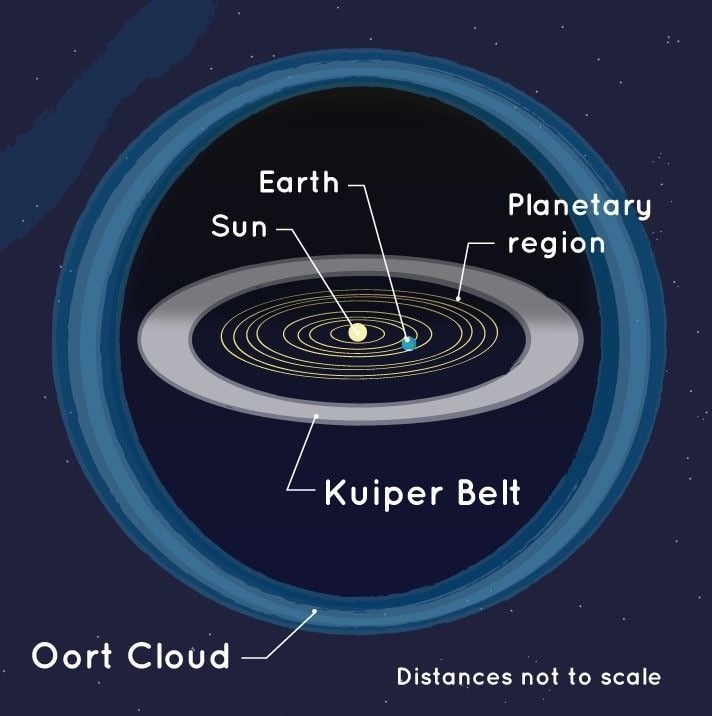Comet Lemmon To Dazzle Skywatchers In Late October
Language
Reading Level
Listen to Article
Alignment

Stargazers rejoice! A rare celestial visitor from the distant Oort Cloud is heading our way. The newly discovered Comet Lemmon will make its closest flyby of Earth in late October 2025. Under the right conditions, it might even be seen without a telescope!
Officially named C/2025 A6, Lemmon was first detected by astronomers on January 3, 2025. Traveling at speeds of up to 130,000 mph (209,000 km/h), it is currently visible in the pre-dawn sky. Early images show a brilliant green coma and a long tail composed of gas and dust. The green color comes from diatomic carbon (C₂) molecules in the coma. They emit green light when broken apart by sunlight.

Experts believe the best time to view Lemmon will be after October 21, when it will come within about 55.4 million miles (89.2 million km) of Earth. The optimal viewing window is after sunset from October 22 to 28, during the new moon, when the night sky is darkest. Look for the comet away from city lights. You might see it with the naked eye. However, using binoculars or a small telescope will make its green coma and long tail even more striking.
After passing Earth, Lemmon will continue toward the Sun, making its closest approach on November 8, 2025. At this point, its icy nucleus will release more gas and dust, further brightening its coma and tail. But the Sun's glare will make it hard to see the spectacular sight from Earth. After orbiting the Sun, Lemmon will continue its journey toward the outer solar system and eventually disappear from view.
What are comets?
Comets are icy objects that travel in long, oval-shaped orbits around the Sun. They come from distant regions of the Solar System, such as the Kuiper Belt and the Oort Cloud. They are made of dust, rock, and frozen gases. When a comet nears the Sun, the heat causes the gases to vaporize. This results in a glowing head called a coma and one or more tails.
Dusty comets produce more dust, forming a bright, curved tail that reflects sunlight.
Gas-rich comets release more gas. They form a straight, blue or green tail that points away from the Sun due to the solar wind. Comet Lemmon's distinct green color suggests it is primarily made of gas.
Some comets, like Halley's Comet, return about every 76 years, while others take much longer. Comet Lemmon, for example, will not come back for about 1,150 years, making this appearance truly a once-in-a-lifetime event.
Resources: Livescience.com, Space.com, Astronomy.com

Get the Workbook for this article!
Workbook contains: Article, Reading Comprehension, Critical Thinking Questions, Vocabulary in Context (+ answers), Multiple Choice Quiz (+ answers), Parts of Speech Quiz (+ answers), Vocabulary Game (+ answers)Cite Article
Learn Keywords in this Article
18 Comments
- dog8822 daysWell, I missed it
- thesillyst4rabout 1 monthA DAY AFTER MY BIRTHDAY?? WHA??
- flame386about 1 monthCoool
- nigara_flysabout 1 monthSOO COOL
- flame386about 1 monthA few days ago
- flame386about 1 monthDid you see the one that cam close
- jedozonenahaabout 1 monthwoah
- then8188about 1 monthDid anyone see it clearly
- wilbby10about 1 monthSPACE is SO cool!!
- sophia0313about 2 monthsI will try my very best to see it,space are so cool.
- then8188about 2 monthsTell us how cool it is